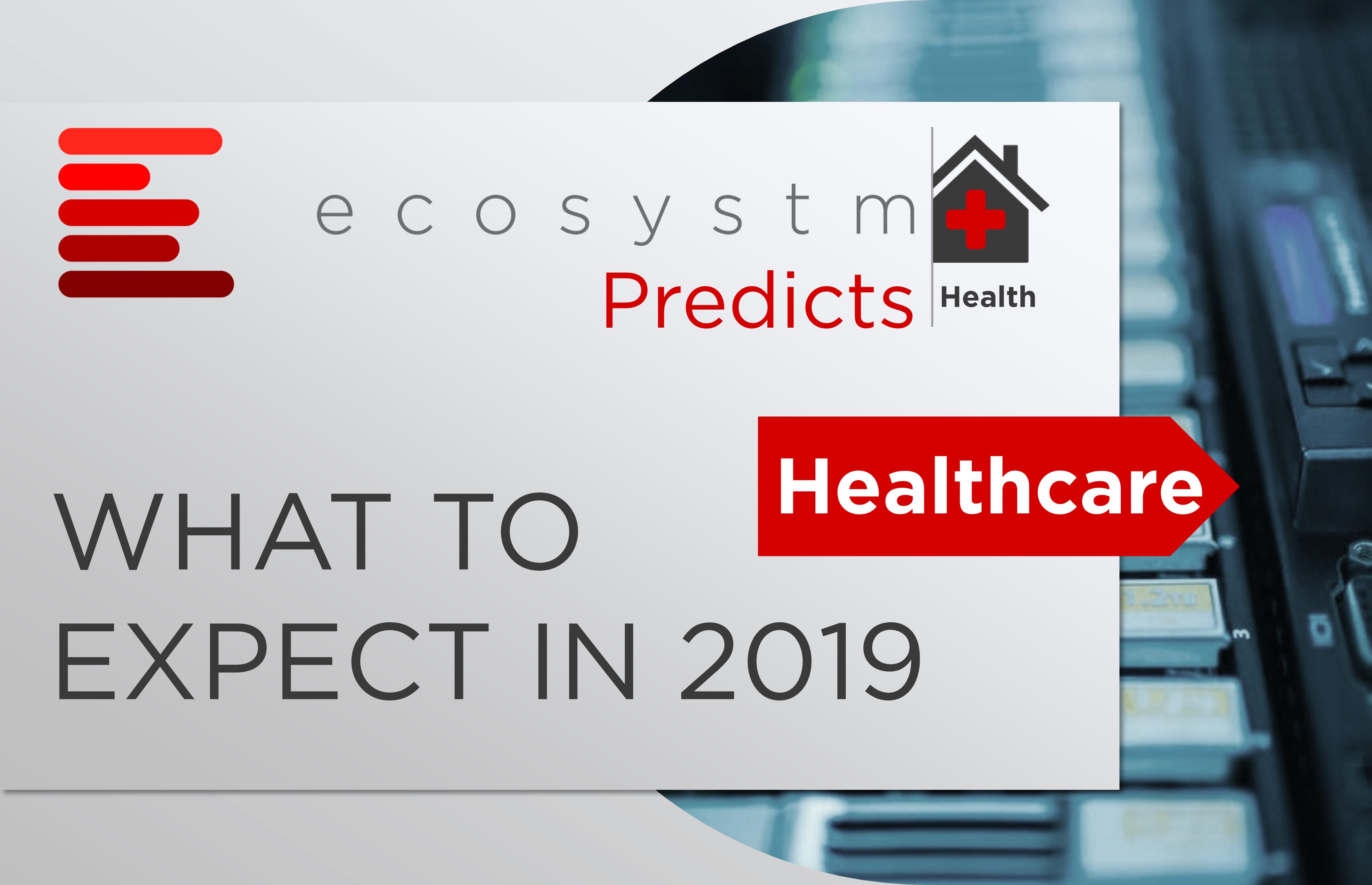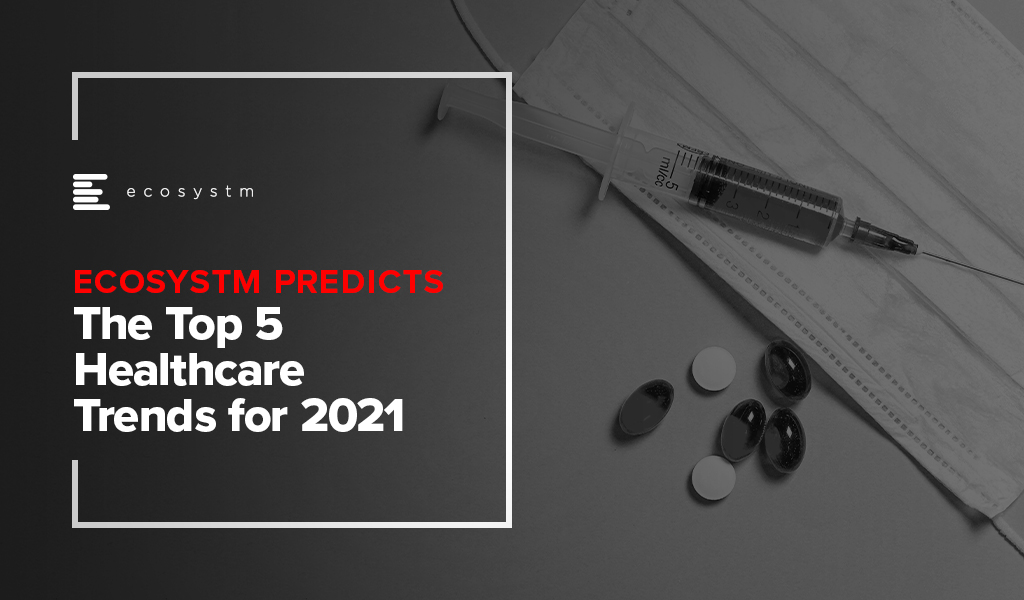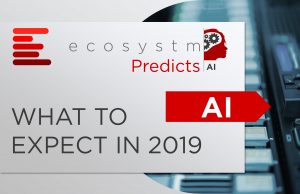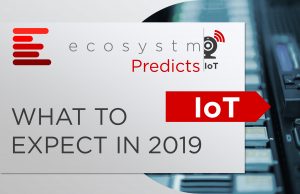
There is no argument that the healthcare industry is ripe for Digital Transformation, especially because the needs and concerns of the industry have remained essentially consistent over the last few decades, in spite of tremendous technological advancements. Healthcare organisations have access to higher volumes of data than ever before. While a decade ago healthcare organisations were at a data creation stage, they will now shift focus on data management, extracting intelligence out of the data collated, and the use of that intelligence to transform their organisations and the industry, as a whole. So, what can the industry expect in 2019?
- India will Receive a Lot of Attention from Technology Vendors
At the turn of this decade, there was a plethora of healthcare IT vendors, driven by investments in the Affordable Care Act in the US. The industry has since become far more consolidated. A similar situation will open up in the Indian market. What is popularly being termed as ‘Modicare’ is narrower in scope and has a long way to go in terms of policy as well as planning. However, it will create a ripple effect and get vendors – especially the smaller ones – very interested in India in 2019. Every large global insurance company has a presence in India, attracted by the population base. It will be similar for healthcare technology vendors. - CX will go Beyond Managing Patient Experience to Providing Personalised Healthcare
Improving customer experience (CX) is a key objective for most healthcare organisations. This has been compounded by how technologically savvy people have become over the years. Patients often do their own research before they even visit their doctors. While most physicians consider this a bit of a nuisance, it is increasingly going to be the way forward. Patients are also expecting better experience, when it comes to access of timely alerts and information, education, and access to their reports. Healthcare organisations will eventually go beyond patient experience to personalised healthcare and deeper customer engagements. While this will become most apparent for chronic disease management, it will go into spaces such as predicting patient risk over the next few years. - Operations will Lead Investments in IoT ….
The global Ecosystm IoT Study reveals that of the healthcare organisations that have embarked on their IoT journeys, 2/3rd are still at the evaluation stage. What then are the drivers for healthcare organisations to adopt IoT? The top three drivers tell us that the key stakeholder is not the clinical departments, but Operations. Struggling with the workforce constraints, IoT is deemed as the technology that will allow better optimisation and innovative ways of providing customer care to improve patient experience. Internal process monitoring emerges as a key driver, in an industry where medical error monitoring and reporting is an important mandate.

- But Diagnostics will Sneak in as the Gateway to AI Investments
The two key areas where AI will see the easiest application in healthcare are in diagnostics and clinical decision support. Diagnostics using machine learning, predictive analytics and pattern recognition can be utilised effectively for clinical decision support. IoT sensor analytics, image analytics and machine learning, will start getting used to improve the efficiency and the reliability of the diagnostic processes. Algorithms can be applied to large data sets, especially in auxillary departments such as Radiology, Pathology and Cardiology, to augment clinician inputs. - Security will Play Spoilsport for Investments in Clinical Intelligence
As health management software gets more and more networked, security has to keep pace with the functional aspects of deployed applications and implementing organisations will ignore this aspect as their peril. The data breach in Singapore is not by any means an isolated episode, and especially mature economies with well-defined health data protection laws will pause before using cloud options for clinical data management. This is true across industries as my colleague points out in the cloud predictions for 2019.






